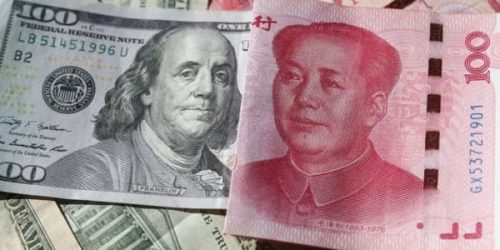China may have amassed a debt pile of as much as $42 billion in renewable energy subsides that have still gone unpaid to solar and wind power capacity developers, Bloomberg reports, citing a BOCI Research analyst, Tony Fei.
“Without structural change to address the issue, the subsidy receivables in the whole industry would continue to grow and drag companies’ balance sheets and investment capabilities,” Fei said in a note earlier this month.
China announced last year that it would cut the size of its clean energy subsidies for 2020 to $806.5 million from an earlier plan for $1.15 billion. The departure from generous state support for renewable energy came after the subsidy bill began swelling to an unacceptable size as companies rushed to add solar and wind farms.
Because of this rush, in 2017, renewable subsidies hit US$14.21 billion (100 billion yuan), and the government had still not paid these in full at the beginning of 2019. At the rate of new solar capacity approvals from the last few years, subsidy costs would have reached $39 billion by 2020, according to Wood Mac estimated in late 2019.
Related: The Race To Complete The World’s Most Controversial Pipeline
The money for the subsidies, Bloomberg notes, comes from a surcharge on electricity bills, but it seems Beijing does not want to increase this. There also seem to be few alternative sources of money for the subsidy payments.
This state of affairs, according to Bloomberg, puts solar and wind installation operators at risk of value loss as investors start worrying about their accounts receivable. As an example, the largest wind farm operator in China had amassed a receivables pile of $2.57 billion (18 billion yuan) by last year.
Other companies have similar problems, which has led to a series of privatisation deals to keep them afloat. But there is also the problem with new capacity additions: these will start declining amid the uncertainty surrounding subsidy payments, and this will reverberate across the renewable energy industry.
“Without China’s subsidies, the renewable industry wouldn’t be in the position that it is today to compete with coal on price alone,” Louis Sun, analyst with BOCOM International Holdings, told Bloomberg.





